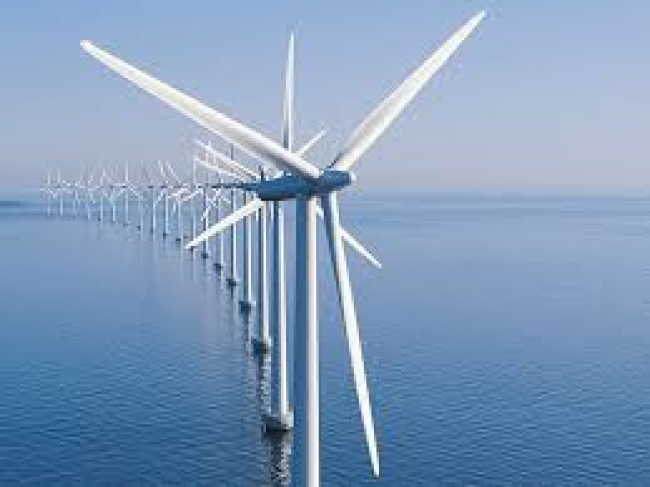Articles Menu

Dong Energy A/S plans to build two offshore wind parks there supplying as many as one million homes. The cost of the projects is about 60 percent cheaper than average rates estimated only a year ago by Bloomberg New Energy Finance in London. If they stick, the tariffs could be a “game changer” because they are showing lawmakers fighting climate change just how quickly energy economics are changing and the range of options they now have beyond the emissions market, according to Barclays Plc.
“We’ve reached a tipping point -- the economics of clean energy have arrived,” Mark Lewis, a Barclays analyst in Paris who’s tracked the market since its 2005 inception, said by phone. “Policy makers are now pushing at an open door because the technology is making it so much easier.”

Since the first offshore wind turbine was installed in Denmark in 1991, the technology has become increasingly popular with utilities and politicians because it doesn’t upset voters who object to turbines being built near their homes. Dong’s projects will supply households and factories for 15 years from 2020.
While Vattenfall AB will build a smaller project in the Danish North Sea that’s even cheaper than Dong’s, some facilities will still cost more.
The Dutch plants have lower expenses than average because the government covered some of the initial expenses, they’re in shallow water close to the shore and don’t need to pay for electricity transmission, said Tom Harries, an offshore wind analyst in London at BNEF.
Vattenfall’s Danish project will cost about 45 euros a megawatt-hour on the same basis, according to BNEF. That compares with a global average estimate in August last year of about 157 euros for offshore plants.
The reductions demonstrate to policy makers around the world that offshore wind can be cheap, as the industry gets started in countries including the U.S. and Japan, Martin Neubert, Dong’s chief strategy officer for wind power, said Tuesday by phone.
“We clearly see there will be additional cost reductions because of the increase in scale,” he said.
Many investors in offshore wind prefer energy policies that provide certain returns, such as the feed-in tariffs Dong is getting, to those that may include carbon markets where there’s still a commodity-price risk, Neubert said.
And there’s plenty of risk in carbon allowances. After the June 23 Brexit vote, permits plunged for five days to a two-year low on ICE Futures Europe in London. They rose 5.3 percent to 4.36 euros a metric ton on Friday after trading as high as 31 euros in 2006.
The European Commission in Brussels declined to comment on how the carbon market will adjust to declining renewable energy costs.

A repeated failure to settle above 5 euros after the Brexit vote has deterred traders from betting on higher prices, said Bernadett Papp, an analyst at Vertis Environmental Finance Ltd. in Budapest. Open interest, a measure of positions that traders haven’t yet closed, was 11 percent lower on Wednesday compared with a year earlier, according to ICE data compiled by Bloomberg.
Sign up to receive the Brexit Bulletin, a daily briefing on the biggest news related to Britain's departure from the EU.
If nations would later this decade decide to support stricter emissions cuts, carbon could jump to about 45 euros a ton after 2020, according to Barclays’ Lewis.
But under current levels of ambition, sliding technology costs coupled with a glut means allowances may not rise much from current prices through 2030, he said. Countries may order the closure of coal and gas plants instead of relying on the carbon market to reduce emissions, he said.
“Renewable energy providers are engaged in a race for the bottom,” said Laurent Segalen, a managing partner at Megawatt-X Ltd. in London, which advises companies on wind and solar financing. “Costs are falling so fast, there may soon be no problem for the carbon market to fix.”